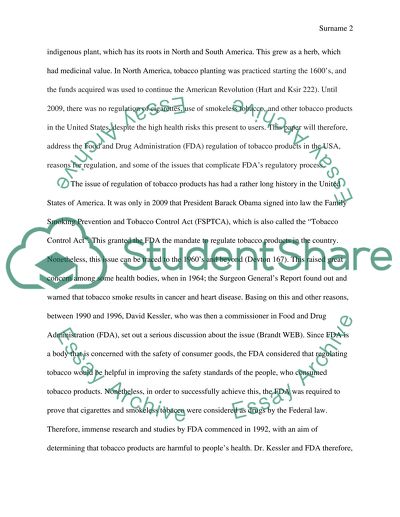Cite this document
(“FDA Regulation of Tobacco Products in the United States Essay”, n.d.)
FDA Regulation of Tobacco Products in the United States Essay. Retrieved from https://studentshare.org/sociology/1475596-fda-regulation-of-tobacco-products-in-the-united-states
FDA Regulation of Tobacco Products in the United States Essay. Retrieved from https://studentshare.org/sociology/1475596-fda-regulation-of-tobacco-products-in-the-united-states
(FDA Regulation of Tobacco Products in the United States Essay)
FDA Regulation of Tobacco Products in the United States Essay. https://studentshare.org/sociology/1475596-fda-regulation-of-tobacco-products-in-the-united-states.
FDA Regulation of Tobacco Products in the United States Essay. https://studentshare.org/sociology/1475596-fda-regulation-of-tobacco-products-in-the-united-states.
“FDA Regulation of Tobacco Products in the United States Essay”, n.d. https://studentshare.org/sociology/1475596-fda-regulation-of-tobacco-products-in-the-united-states.


